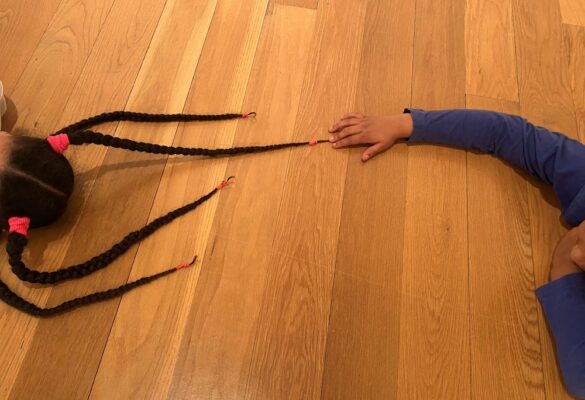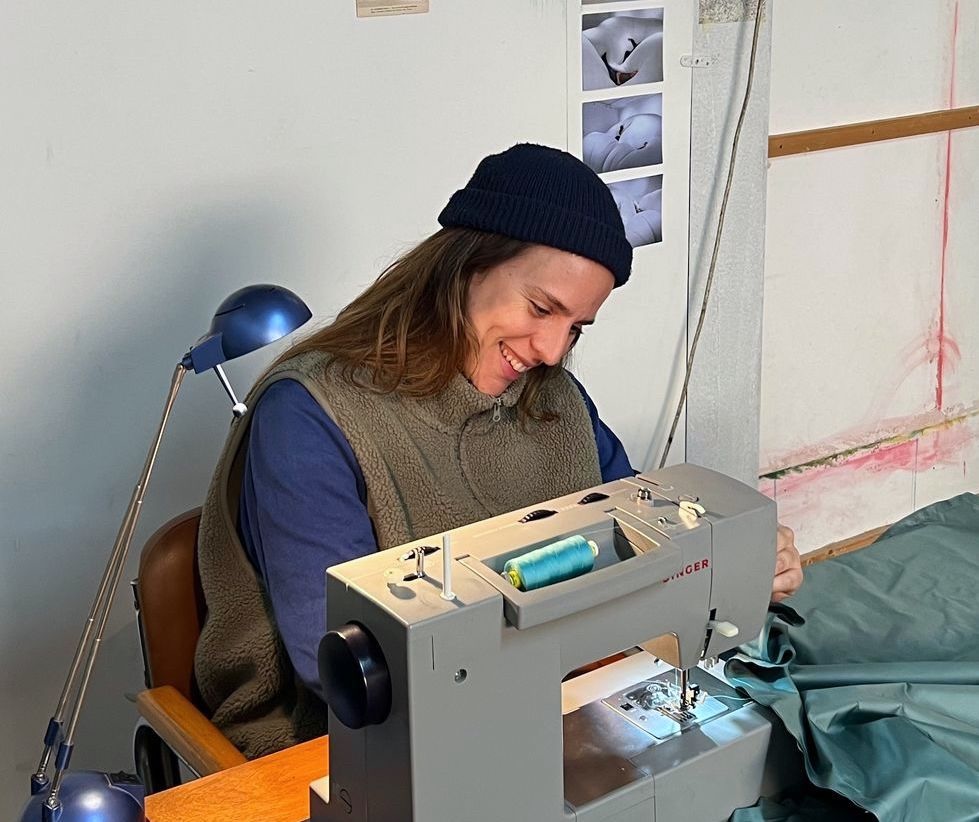Search
To search for an exact match, type the word or phrase you want in quotation marks.
A*DESK has been offering since 2002 contents about criticism and contemporary art. A*DESK has become consolidated thanks to all those who have believed in the project, all those who have followed us, debating, participating and collaborating. Many people have collaborated with A*DESK, and continue to do so. Their efforts, knowledge and belief in the project are what make it grow internationally. At A*DESK we have also generated work for over one hundred professionals in culture, from small collaborations with reviews and classes, to more prolonged and intense collaborations.
At A*DESK we believe in the need for free and universal access to culture and knowledge. We want to carry on being independent, remaining open to more ideas and opinions. If you believe in A*DESK, we need your backing to be able to continue. You can now participate in the project by supporting it. You can choose how much you want to contribute to the project.
You can decide how much you want to bring to the project.

I recently listened to a group of teachers collectively reflecting on the intersection of education and artistic practices. I listened attentively and filtered everything they said through my own experience and learning, gained mostly from working in the trenches, listening, making mistakes and discoveries, managing, producing, and from books, friends, and colleagues. I listened, curious to try to decipher their experience and to understand where they were coming from. I tried to imagine their daily lives, their hours at school, their rhythm. I tried to understand their words, their space of thought, as if it were a room I could enter, or rather a room I tried to discover by sticking my head in a little bit.
At that moment, I was struggling to leave my room and to walk down the hallway that connected the two rooms. In the midst of an erratic movement, I saw a neon light flickering. Was it a short-circuit? Perhaps it wasn’t plugged in correctly? Was the cable bare? The bulb was shaped like a word: Enable. I walked past it, glancing at it as I reached the teachers’ door. Noise, oh my goodness, so much noise! All kinds of noises: shouts, knocking, people everywhere, laughter, furniture (windows, tables) being banged around. I took a step back to return to the hallway. I looked at my door: silence, a deathly silence, distorted sounds, monotonous words, reverberations, frantic keystrokes. I decided to stay in the hallway for a while, under the flashing neon light, looking from one door to the other, pausing to think. When they saw me, the teachers would think how lucky I was.
The educational and mediation programs of public institutions seem to enjoy a much broader and more extensive freedom of action than that of educational centers. They don’t have to take deal with the essential, constant, and daily care of the visiting groups. They don’t bear the burden of being in an overcrowded and, therefore, inevitably tense space. They don’t have to respond to so many regulations, conventions, or specific guidelines. They don’t have to be constantly managing conflicts.Mediation/education within the institution is a space that is allowed a lot of leeway and can become a breeding ground for utopias (I often think of Palle Nielsen’s The Model [1]In 1968, Palle Nielsen built a kind of playground inside the Moderna Museet in Stockholm. For one month the museum hosted a space inhabited only for children, without families or museum staff.), idealisms, fictions, and projections. It can often be a space that welcomes marginal situations from beyond its walls, where one can play, think, try, do, be, and undo. It fills rooms that are usually empty, and the groups and individuals who (occasionally) enter usually flood it, shake it up, disrupt it. This activity shakes up the institution and everything that legitimizes it as it stains walls, moves artworks, and breaks pieces. It encourages dialogue, raises questions, undoes rigidities, and also brings us closer, distances us, transcends us, or displaces us.
But does it listen?
The apparent freedom of movement that mediation/education seems to offer can create certain dangers, such as isolation, superficiality, and hierarchy. The longer we remain within the institution, the further we distance ourselves from conflict and, therefore, we can be calmer and have time to play, think, try, do, be, and undo. Mediation/education can offer possibilities that are forgotten when we step outside. It can create a fictional bubble from which to imagine, but it is fragile and often shatters when we set foot outside. The experience we typically have is specific, sporadic, and anecdotal.
Mediation/education can also allow for many things that a school cannot. It can make mistakes every day, it can experiment, it can cross boundaries. This individualistic force contrasts with the organically disordered fluctuation of the group that enters through the museum door, making it feel superior, feeding its ego. I have my doubts about the circumstances that lead us to create meaningful experiences and healthy bonds that facilitate encounters.
How can the relationship between life-art-school-museum-mediation-citizenship have a multidirectional, interactive flow? How can we act to make mediation/education a more permeable, transformative space, even for itself? Perhaps by opening the windows and looking outward, by going out to meet people, by welcoming and asking questions of everyone who enters. Mediation/education can be transformative when it is situated on an equal footing with life, school, and the street. When it articulates but is also articulated. When it proposes but also when it holds back. When it connects and is connected. When it listens, retreats, and responds. When it is appropriate and appropriated. When it participates in the creation of bonds. When it shuttles between self-criticism and humility. When it is curious.
Mediation/education must open the doors of the museum and listen. It must be a space connected to everyday life, a place of dialogue, of interactions, critical thinking, and critical action. Where educators, the public, and the institution meet and mutually affect each other. This can lead to situations that decentralize the normal functioning of the museum, its staff, and its users. When galleries are filled with voices, relationships, and experiences that can be shared, true learning can be generated. When all this happens, the goal of preserving and disseminating heritage shifts and we find ourselves in a very interesting laboratory where the agency of the work of art loses its centrality within the institution and the learning processes, and gives way to the (democratized) connections between all those who experience it.
[Images of the activity “Més enllà de la línia” in the context of the exhibition “Límit obert” by artist Juan de Andrés, at the Centre d’Art Tecla Sala (2024). © Educational and public programs team of the Centre d’Art Tecla Sala (2024)]
| ↑1 | In 1968, Palle Nielsen built a kind of playground inside the Moderna Museet in Stockholm. For one month the museum hosted a space inhabited only for children, without families or museum staff. |
|---|

Eulàlia Garcia Valls is an artist, mediator, and educator with a degree in Arts and Design from Escola Massana (Barcelona). She has been an artist-in-residence at the center for research and artistic production at Hangar (Barcelona, from 2019 to 2021) and De Ateliers (Amsterdam, from 2017 to 2019), among others. She has worked in educational departments at various institutions such as MACBA and DHUB. She is currently the Education and Public Programs Coordinator at the Tecla Sala Art Center in L’Hospitalet (EART). www.eulaliagarciavalls.com
"A desk is a dangerous place from which to watch the world" (John Le Carré)